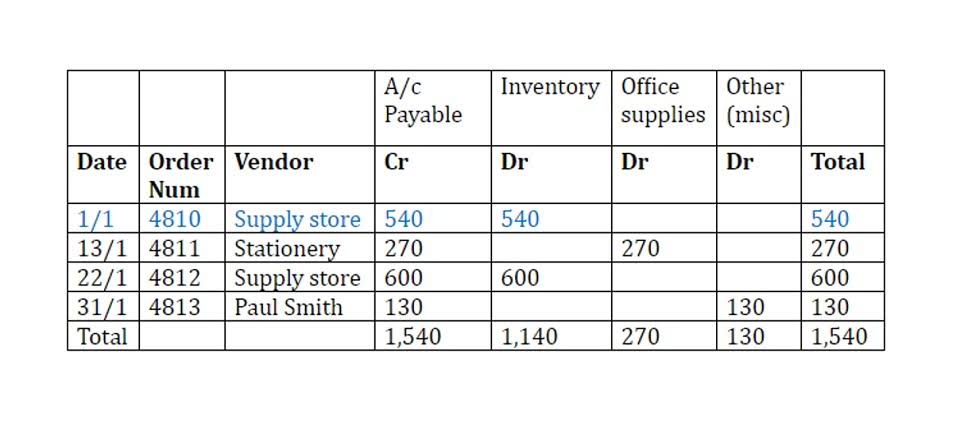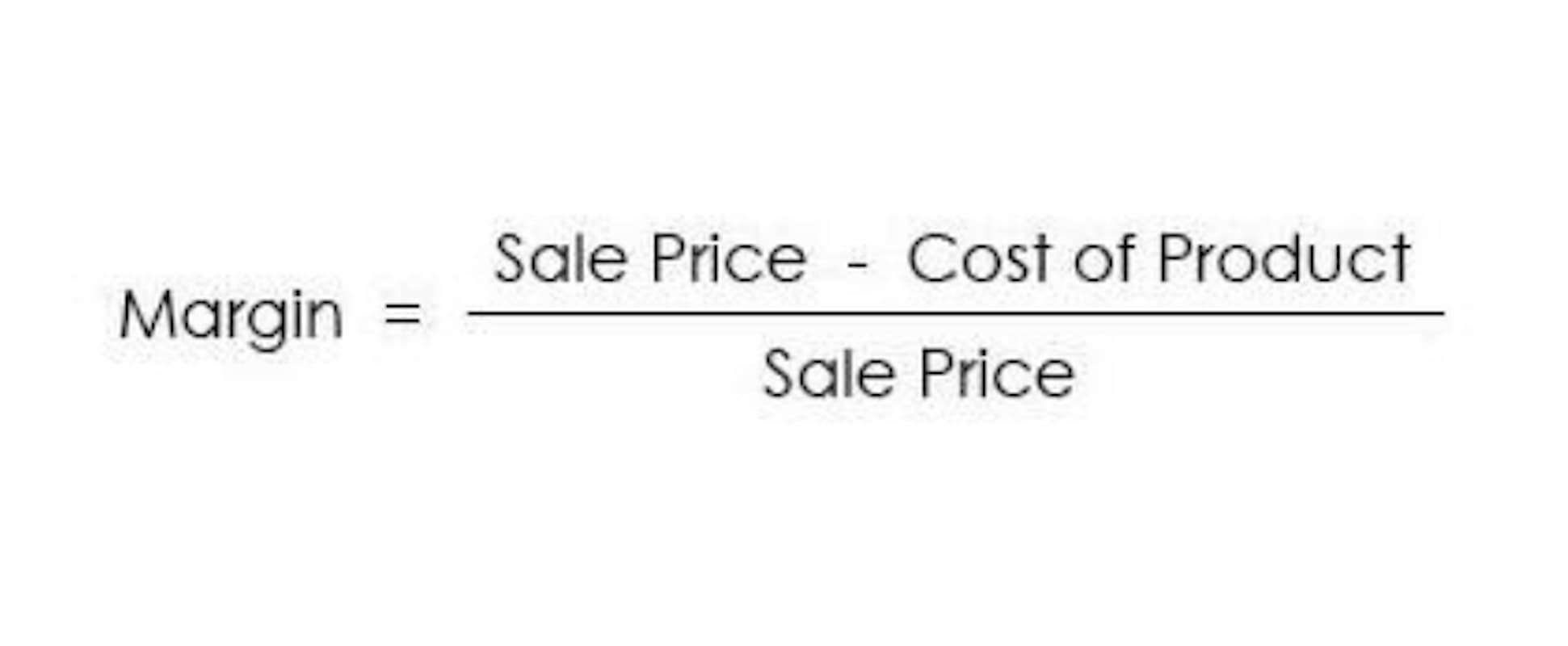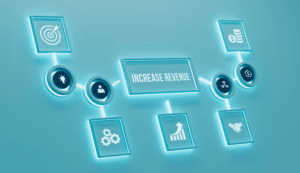
The terms used to refer to a company’s capital portion varies according to the form of ownership. Liabilities represent claims by other parties aside from the owners against the assets of a company. At the end of a calendar year, employee salaries and benefits must be recorded in the appropriate year, regardless of when the pay period ends and paychecks are distributed. For example, a two-week pay period may extend from Dec. 25 to Jan. 7. If all this financial speak is over your head, you’re not alone. Businesses that don’t properly manage liabilities can face solvency issues, and possibly bankruptcy, if they’re unable to meet their obligations.
Eligibility criteria for a Business Loan with Bajaj
- Non-operating expenses, such as interest on debt or a one-time restructuring charge, sit below operating income so analysts can isolate core performance.
- These are goods and services already delivered to a company for which the costs must be paid in the future.
- A liability is a financial obligation a company owes to other parties.
- Following the accrual method of accounting, expenses are recognized when they are incurred, not necessarily when they are paid.
- The working capital of a company is obtained by subtracting the current liabilities from the current assets.
- To tracks a company’s Net Income as it accumulates over the years, Retained Earnings or Owner’s Equity is credited.
Expenses and liabilities are both financial obligations that a company or individual incurs. Expenses refer to the costs incurred in the normal course of business operations, such as salaries, rent, utilities, and supplies. These expenses are recorded on the income statement and are deducted from revenue to determine net income. On the other hand, liabilities represent the debts or obligations that a company owes to external parties, such as loans, accounts payable, or accrued expenses. Liabilities are recorded on the balance sheet and are classified as current or long-term depending on their due dates.
Management Information (MI)

They include executive salaries, R & D travel, training, and IT expenses. A contingent liability can only be recorded if there is a 50% chance of it happening. All long-standing liabilities due in the forthcoming Travel Agency Accounting are more than one year out. Principle and interest payable refer to any payments due regarding the mortgage or loan payment. They are often used in key financial ratios such as the current ratio, quick ratio, and cash ratio.
Impact on Cash Flow

Some are paid quickly, like bills, while others, like loans, take years. Ideally, a company should always register higher on assets than liabilities. Higher liabilities indicate that a company is drawing large debts, thereby attracting higher interest costs.
Example: same cost, different outcomes
In accounting, liabilities refer to the financial obligations or debts that your company owes to external parties, such as lenders, suppliers, or even employees. These obligations typically arise from past transactions or events, and they represent claims against the company’s assets. Long-term liabilities are financial obligations of a company that extends more than a year. These liabilities affect a company’s financial structure because they indicate the amount of debts you have acquired to finance your assets and business operations. Liabilities are the debts, or financial obligations of a business – the money the business owes to others. Liabilities are classified as current liabilities or long-term liabilities.
Type of account:

Liabilities liabilities vs expenses examples are generally divided into many categories; two of those categories are current liabilities and long-term liabilities. Current liabilities are those that a company must pay within one year. Long-term liabilities are those that are payable in more than one year.
Accrued expenses can sometimes be an estimated amount of what’s owed as a result. This is later adjusted to the exact amount when the invoice has been received. Also called accrued liabilities, these expenses are realized on a company’s balance sheet and are usually current liabilities. Accrued liabilities are adjusted and recognized on the balance sheet at the end of each accounting period.
Accounts Payable
- Selling goods and services is what operating expenses refer to.
- We empower accounting teams to work more efficiently, accurately, and collaboratively, enabling them to add greater value to their organizations’ accounting processes.
- Maybe it’s because you bought them a drink or did a favor for them.
- Accrued expenses and liabilities are generally classified as current liabilities because their payments are due within a year.
- They represent the costs incurred by a business during its normal operations to generate revenue.
With minimal or no manual entry required, you can quickly enter your bills into the platform, route the appropriate approvals, and time payments to be sent by the due date. In this article, we’ll discuss what liabilities are, provide common examples, and explore some of the ways companies can expertly manage their liabilities . Let’s venture into the realm of liabilities and uncover the mysteries of long-term debt and its cohorts. Understanding these categories will help you pinpoint areas where you can optimize your expenses and keep your ship sailing smoothly. Check out our other articles on https://www.lift-me-up.com/wordpress/?p=4424 these specific types of operating expenses for a deep dive. If the cost of the accrued expense was estimated, then this adjusting entry will be an estimate.
- This liability is short-term and sits under current liabilities on the balance sheet.
- Embracing sound accounting practices for liabilities and expenses ensures the integrity of financial statements and supports sustainable growth in the dynamic business environment.
- These are ongoing costs necessary for the day-to-day functioning of a business.
- They show what you need to pay compared to your assets on the balance sheet, helping measure your business’s financial health and stability.
- If you’re still not sure about something, feel free to reach out and ask!
For instance, accrued interest payable to a creditor for a financial obligation, such as a loan, is considered to be one. The company may be charged interest, but it won’t pay for it until the next accounting period. These methods have a direct impact on your financial statements. Depreciation and amortization expenses reduce your company’s net income, which can affect your taxes and the way investors perceive your financial health. So, it’s like balancing on a tightrope – you want to accurately represent your assets’ value without losing your footing financially. The placement of expenses and liabilities on financial statements reinforces their distinct nature.
